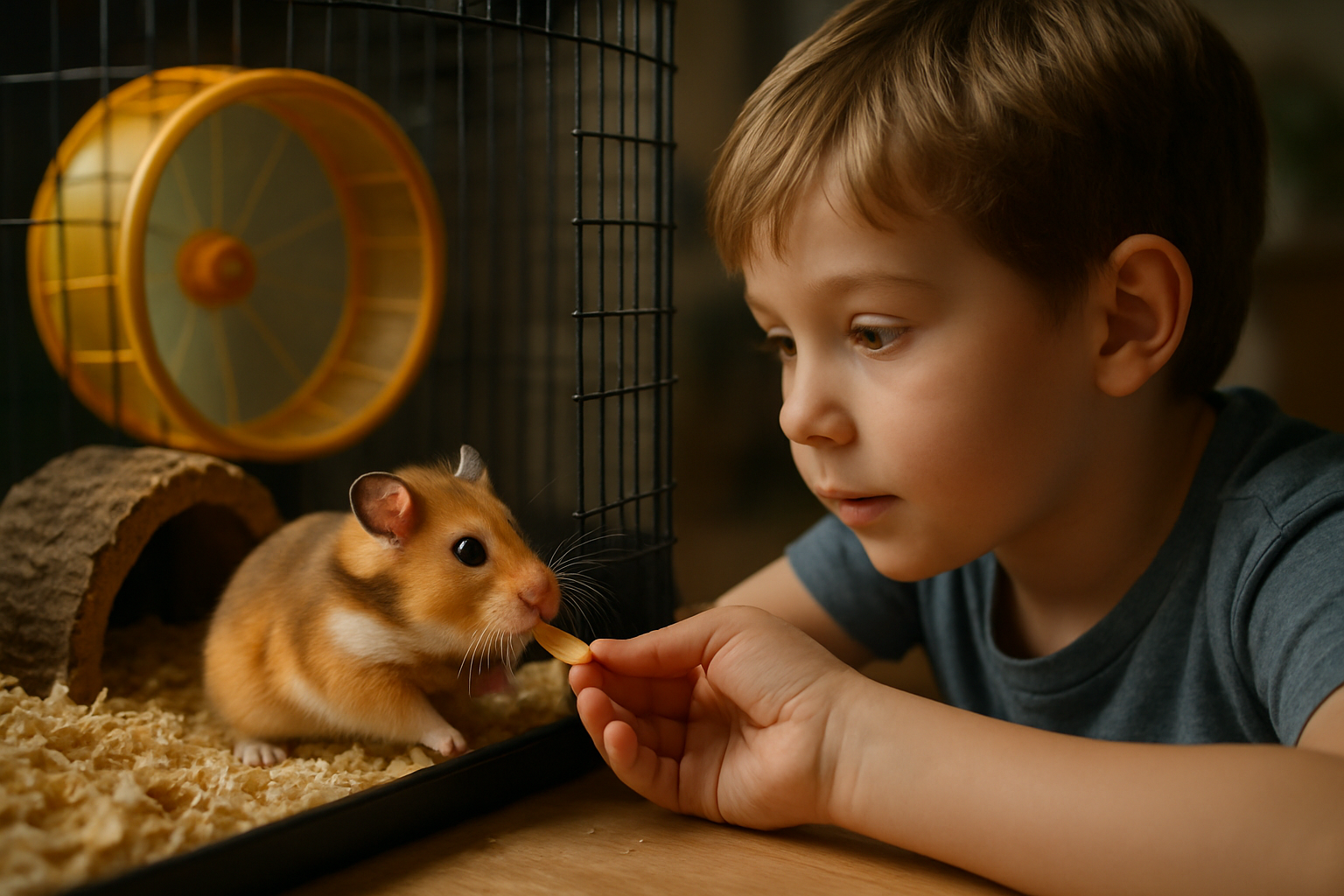Step-by-step nutrition planning for small companion species
Good nutrition is central to the health and wellbeing of small companion species such as rabbits, guinea pigs, hamsters, and small birds. This short guide outlines practical steps to create a balanced feeding plan that accounts for species differences, lifecycle stages, activity, and veterinary recommendations, helping owners make informed choices.

Nutrition planning for small companion species begins with understanding that “small” covers many anatomies and digestive systems. A one-size-fits-all approach risks deficiencies or excesses. Start by identifying the species, age, reproductive status, and any medical issues. Observe current body condition and appetite, and gather a basic history of what the animal has been eating. Keep small, measurable changes and documentation so you can evaluate responses over weeks rather than days.
This article is for informational purposes only and should not be considered medical advice. Please consult a qualified healthcare professional for personalized guidance and treatment.
Nutrition: How to assess species-specific needs
Different species require distinct macronutrient balances. Rabbits and guinea pigs need high fiber from hay and limited pellets, while hamsters and mice need higher energy concentrates with seeds and grains. Small parrots need a variety of fresh vegetables and formulated pellets to avoid vitamin imbalances. Calculate portion sizes based on the animal’s ideal weight and activity level, and break feeding into suitable routines: continuous hay for hindgut fermenters, measured pellets for granivores, and scheduled fresh food for others.
Behavior and socialization: How feeding affects conduct
Feeding routines shape behavior and socialization. Predictable meal times reduce stress-related behaviors and support training around handling. Group-housed species may show food guarding, so plan multiple feeding stations or staggered feeding. For social species, shared feeding enrichment can reinforce bonds, while solitary species may prefer separate feeding areas. Observe for behavioral signs of hunger, overfeeding, or food-driven aggression and adjust both portioning and social arrangements accordingly.
Enrichment and training: Diet-linked activities
Food can be used to support training and enrichment without compromising nutrition. Offer forage-based enrichment like hay-filled toys for herbivores, puzzle feeders for rodents, and vegetable-dispensing devices for birds. Use small, species-appropriate treats during training sessions to encourage positive behaviors; ensure treats remain a small percentage of daily caloric intake. Rotate enrichment options to maintain novelty and monitor weight and stool quality to ensure enrichment doesn’t create nutritional imbalance.
Grooming, mobility, and travel: Practical feeding tips
Diet influences coat condition, mobility, and resilience during travel. Adequate fiber supports digestion and grooming in long-haired small mammals; nutrient density helps maintain muscle and mobility in aging animals. For travel, stabilize feeding routines by offering familiar foods and pre-measured portions; pack hay, pellets, and safe fresh items. For animals with reduced mobility, adapt feeding setups—lowered bowls or soft food blends—to reduce effort and stress while ensuring nutritional needs are met.
Safety, health, and veterinary coordination
Safety and veterinary oversight are essential. Avoid toxic foods and human snacks that can harm small species. Coordinate diet changes with a veterinarian, especially when introducing supplements, treating dental problems, or managing chronic conditions. Keep a simple record of weight, fecal quality, coat condition, and food intake to share with your veterinary team; this helps identify nutrient-related issues early. Microchipping and regular vet checks complement nutrition plans by ensuring broader health and identification safety.
Adoption, microchipping, and wellbeing considerations
When adopting or rehoming, obtain the animal’s dietary history and transition gradually to avoid gastrointestinal upset. Confirm microchipping status and any prior veterinary records that describe past diets or sensitivities. Wellbeing is supported by consistent nutrition that matches species needs, paired with appropriate socialization, grooming, and exercise. For older or newly adopted animals, introduce diet changes over 7–14 days unless a vet advises otherwise.
Conclusion A step-by-step nutrition plan for small companion species combines species-specific dietary requirements, observation of behavior and health, enrichment and training strategies that use food wisely, and collaboration with veterinary professionals. Documenting changes, maintaining safe feeding practices, and adjusting plans as animals age or their activity changes will support long-term wellbeing without relying on quick fixes.





